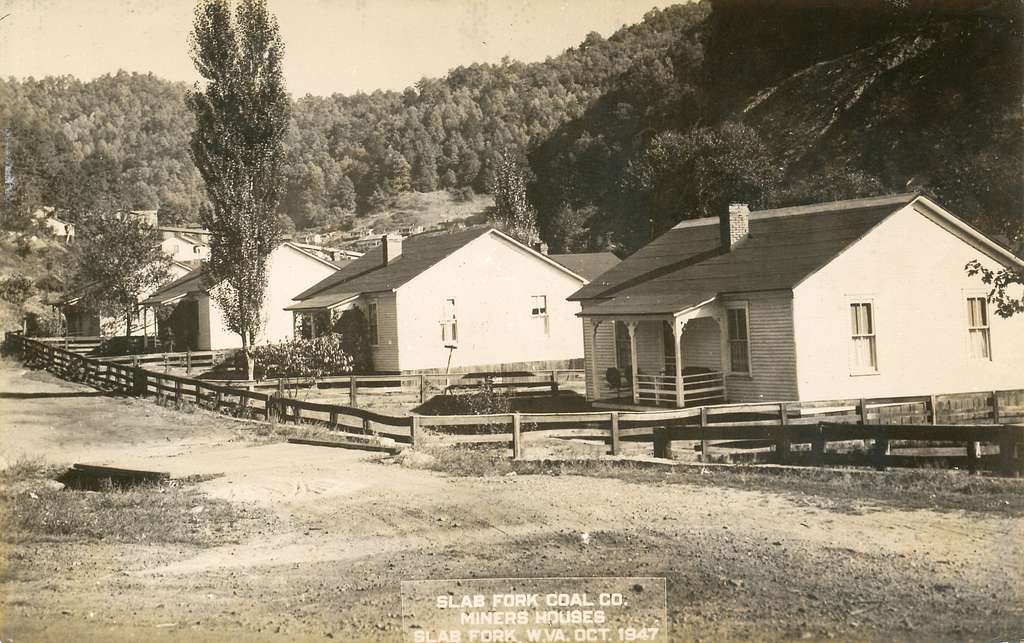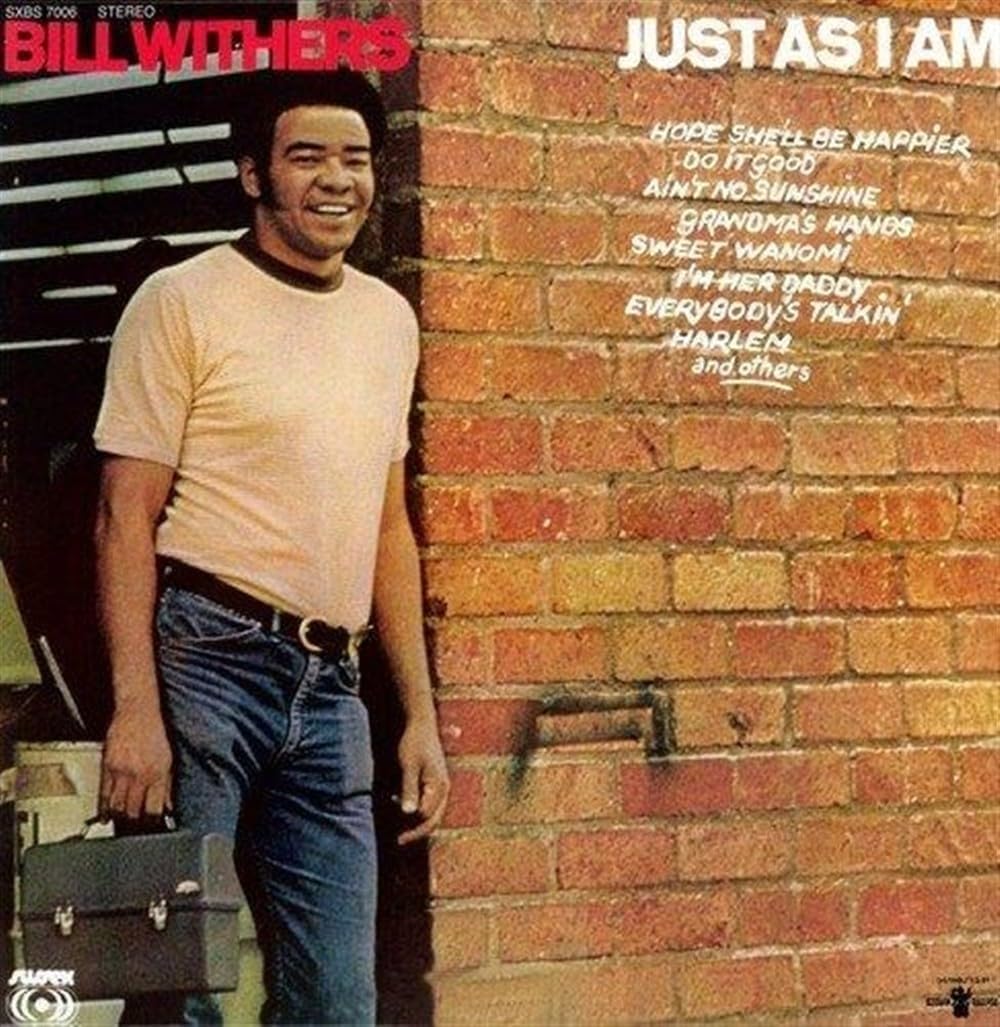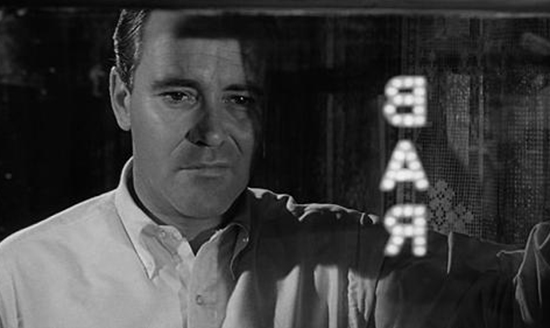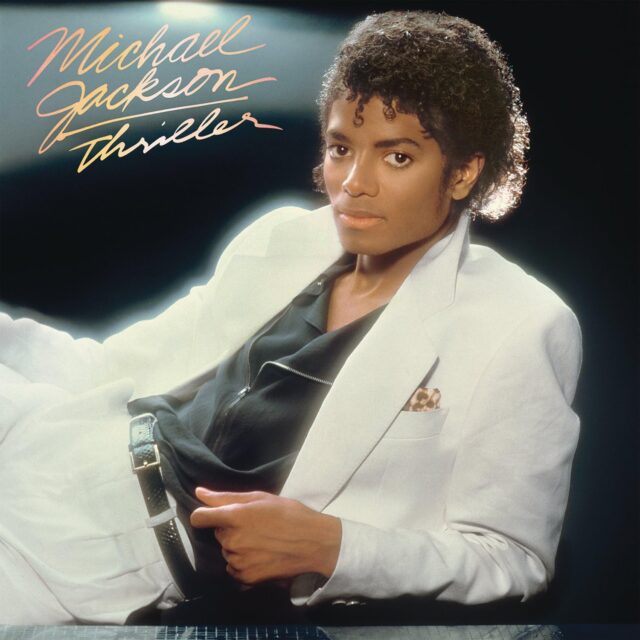“Ain’t No Sunshine” by Bill Withers was based on the 1962 movie Days of Wine and Roses with Jack Lemmon and Lee Remick.
Days of Wine and Roses is a drama about alcoholism and the impact it has on relationships. After watching it, the lyrics of the song made sense. The song became the soundtrack for many.
“I was watching a movie called Days Of Wine And Roses with Lee Remick and Jack Lemmon. They were both alcoholics who were alternately weak and strong. It’s like going back for seconds on rat poison,” said Withers on the inspiration for the song. “Sometimes you miss things that weren’t particularly good for you. It’s just something that crossed my mind from watching that movie, and probably something else that happened in my life that I’m not aware of.”

Withers was working on a factory line in California as an aircraft mechanic, installing bathrooms on Boeing 747s when “Ain’t No Sunshine” was released on July 17, 1971. He was an unknown in the music world with no formal music background or industry connections.
“I went to a club one night, and I saw Lou Rawls. And I overheard the club owner saying that he was paying Lou Rawls two thousand dollars a week for singing, and I thought, ‘Wait a minute, I’m working long hours here and I’m getting about 100 bucks a week.’ And so that, that was my first interest. It wasn’t very serious. Then once I got involved in the whole craft, thing took over.”
“I saved up some of my own money and recorded myself, and then I just walked around and knocked on everybody’s door. And finally I did get to record. So now I’m in the record business. That’s it. Very, very simple,” said Withers. “It was hard. I had never written any songs. I didn’t really know how to play anything, and I had never sung before—not really, you know, in the shower or someplace—but I just decided it would be awfully nice to get in the music business. So I just thought I’ll take a chance. So I took my last diamond, wandered right.”
Withers spent about two years trying to get his demo tapes noticed. Working with arranger and keyboardist Ray Jackson, Withers’ opportunity arrived when Jackson introduced him to drummer Forrest Hamilton. Hamilton then connected him with Clarence Avant of Sussex Records—famously known as “The Black Godfather.”
Avant signed Withers early 1970 and paired him with producer Booker T. Jones, who helped shape his debut album Just As I Am. The recording session took place at Wally Heider’s Studio 3 with drummer Al Jackson and bass player Donald “Duck” Dunn, plus Stephen Stills on guitar. The engineer was Bill Halverson.
“It was Stephen Stills’ studio time that we were using,” Halverson recalled. “I was working with Stephen on his first solo record, and he came to me a couple nights before this and said, ‘I’ve got this guy who needs a night of studio time.’ Stephen was hanging with Rita Coolidge, and Booker was marrying [Rita Coolidge’s sister] Priscilla Coolidge, and somehow Booker asked Stephen for some studio time. We just spent the one night.”
“When Bill Withers showed up,” Halverson says, “he comes walking in with his guitar and a straight-back chair, like a dining room chair, and asks, ‘Where do I set up?’ I showed him right in the middle of the room, and then he left and he came back in with this platform, a kind of wooden box that didn’t have a bottom. It was about four inches tall, and was maybe 3 foot by 4 foot; it was a fairly large platform, and he set it down in the middle of the room. Then he put his chair on it and got his guitar out, and he’s sitting on top of this box. So I miked him and I miked his guitar, and then I was doing other things—getting sounds together.
“But then he calls me over and he points down to the box and says, ‘You gotta mike the box.’ Well, the way I was trained, you serve the artist, whatever the artist needs. So I got a couple other mics and I miked the box, the place down near the floor, next to this platform.
“And now, when you listen to ‘Ain’t No Sunshine,’ you know that all that tapping that goes on [while Withers sings] ‘I know I know I know’ all through it, actually, that’s him tapping his feet on the box, which is actually more intricate than the guitar on that track. He had evidently rehearsed that in his living room, maybe for years.”

Was there sunshine in Slab Fork?
Withers was born in the small coal-mining community of Slab Fork, West Virginia, on July 4, 1938. The town has long been home to a population of around 200 residents. One of 13 children, and six of whom lived to be adults, his parents divorced when he was three, and he was raised primarily by his mother’s family in nearby Beckley. His father, a miner, passed away when he was 13, and this event had a significant impact on his outlook on life.
As a teenager, Withers developed a love for music, though he didn’t begin writing songs until 1965, when he was 26.
“We lived right on the border of the black and white neighbourhood,” he said. “I heard guys playing country music, and in church I heard gospel. There was music everywhere.”
Withers first became interested in both singing and songwriting during his nine-year tour of duty in the U.S. Navy. After serving as an aircraft mechanic, Withers moved to Los Angeles in 1967 to pursue his career in music and recorded demo tapes in his spare time.
“What few songs I wrote during my brief career, there ain’t a genre that somebody didn’t record them in. I’m not a virtuoso, but I was able to write songs that people could identify with. I don’t think I’ve done bad for a guy from Slab Fork, West Virginia,” Withers said.
Withers’ debut single, “Harlem,” was released in June 1971, with “Ain’t No Sunshine” as its B-side. Although “Harlem” was intended as the lead track, radio DJs began favouring “Ain’t No Sunshine.”
“Let me tell you how lucky I was. That was the B-side of the first record,” Withers said. “Now, the one they put on the B-side of your first record, that’s a throwaway. And the disc jockeys, they turned it over, and life has never been the same since.”
“Ain’t No Sunshine’ was the B-side. And the disc jockeys, god bless ’em, turned it over, and that’s how I got started,” Withers said. “I call A&R ‘antagonistic & redundant,’ and that’s why — because they make those genius decisions like that.”
The album cover photo for Just As I Am was taken on a lunch break while Withers was working at Weber Aircraft. “So it was funny because my first album cover picture was actually taken on my lunch break. Cause I didn’t want to take time off, so I said, ‘Send somebody up here.’ You know, they can take my picture. So, I’m standing in the door with my actual lunch box. And so guys are in the back yelling, ‘Hey Hollywood!'” Withers said.
Withers was laid off just before the album’s release, and by the time the company tried to hire him back, he had also been invited to appear on The Tonight Show with Johnny Carson.
“It’s funny because I got two requests in one day,” Withers remembered. “I got a letter from my job saying that I was called back for work. And I got a request to do The Johnny Carson Show.”
Lyrically: Ain’t No Sunshine
Ain’t no sunshine when she’s goneIt’s not warm when she’s awayAin’t no sunshine when she’s goneAnd she’s always gone too longAnytime she’s goes away
Wonder this time where she’s goneWonder if she’s gone to stayAin’t no sunshine when she’s goneAnd this house just ain’t no homeAnytime she goes away
Recalling the lyrical meaning behind the song, with Withers saying, “Sometimes you miss things that weren’t particularly good for you,” brings clarity and ensures its message is timeless.
And I know, I know, I know, I knowI know, I know, I know, I know, I knowI know, I know, I know, I know, I knowI know, I know, I know, I know, I knowI know, I know, I know, I know, I knowI know, I know
The third verse is impactful and plays the tension between sober and drunk, and which one is leading you. However, the 26 times that Withers sung “I know” was just a temporary filler until he finished writing the lyrics.
“Whatever a placeholder is. I wasn’t going to do that, then Booker T. said, “No, leave it like that.” I was going to write something there, but there was a general consensus in the studio. It was an interesting thing because I’ve got all these guys that were already established, and I was working in the factory at the time. Graham Nash was sitting right in front of me, just offering his support. Stephen Stills was playing and there was Booker T. and Al Jackson and Donald Dunn – all of the MGs except Steve Cropper. They were all these people with all this experience and all these reputations, and I was this factory worker in here just sort of puttering around. So when their general feeling was, ‘leave it like that,’ I left it like that.”
Hey, I ought to leave young thing aloneBut ain’t no sunshine when she’s gone, whoa-whoa
In these lyrics, he knows he should leave her, but her absence leaves him feeling sad.
Ain’t no sunshine when she’s goneOnly darkness every dayAin’t no sunshine when she’s goneAnd this house just ain’t no homeAnytime she goes awayAnytime she goes awayAnytime she goes awayAnytime she goes away
“Ain’t No Sunshine” climbed to No. 3 on the Billboard charts and went gold, Sussex Records presented Withers with a golden toilet seat, instead of a gold record, marking the start of his new career in music. The song established Withers as a major force in the industry, earning him his first Grammy for Best R&B Song at the 14th Annual Grammy Awards in 1972.
“During an interview, Withers was asked, ‘You know, your music certainly lives on in so many covers, film soundtracks, I mean, rap samples. Does that make you happy?’ Withers replied: ‘You think about what you just asked me’ (laughter). ‘By what scenario would that make me unhappy?'”
“He’s the last African-American Everyman,” said Questlove. “Bill Withers is the closest thing black people have to a Bruce Springsteen.”
“I write and sing about whatever I am able to understand and feel. I feel that it is healthier to look out at the world through a window than through a mirror. Otherwise, all you see is yourself and whatever is behind you,” said Withers.





